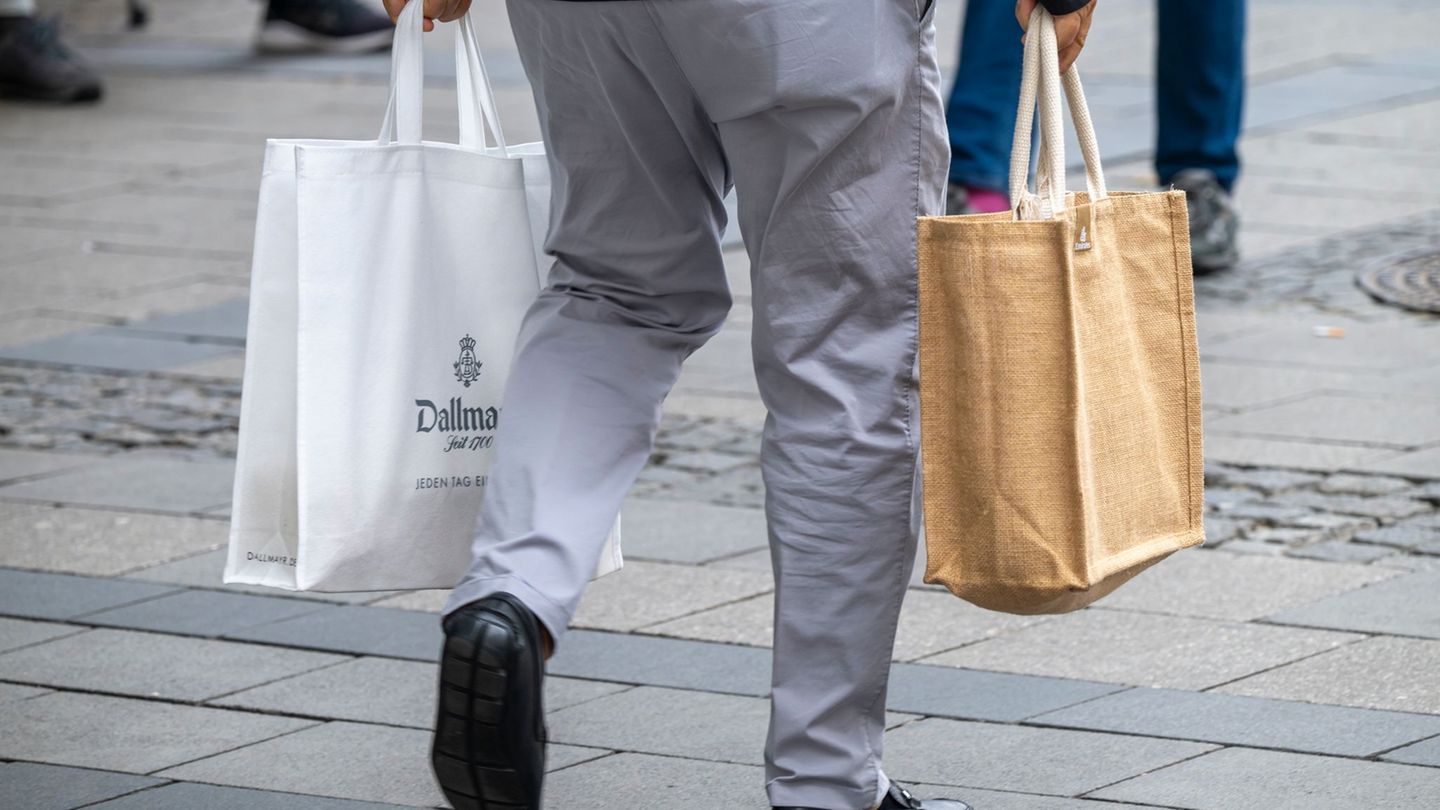consumption
Study sees increasing purchasing power in Germany in 2025
Copy the current link
According to a study, Germans can expect higher purchasing power again this year. How much money is actually left over for consumer spending depends primarily on one thing.
According to a study, the purchasing power of people in Germany will also increase in 2025. On average, this is 29,566 euros per capita – that is 2 percent or 579 euros more than in the previous year, as market researchers from NIQ-GfK in Bruchsal announced.
The reason for the increase is, among other things, increased wages and an increase in transfer payments such as child and housing benefits. According to the information, whether and how much of the increased purchasing power is actually left for consumption depends on how consumer prices develop this year.
Growth less strong than in previous years
The nominal growth of 2 percent is also significantly more moderate than in previous years, which would mean real losses in purchasing power, said Markus Frank, an expert in the field of geomarketing. In addition, unemployment is also increasing, which is leading to uncertainty. “It can therefore be assumed that Germans will put off major purchases in 2025 and put some money aside if possible.”
Big differences: Purchasing power is highest in Bavaria
Purchasing power is also very unevenly distributed in Germany. According to the study, with 31,907 euros per capita, people in Bavaria have 8 percent more at their disposal than the national average. This puts the state at the top. Hamburg (31,270 euros) and Baden-Württemberg (31,233) come in second and third place. Bremen comes last with a per capita purchasing power of 26,071 euros.
To calculate purchasing power, net income from work and capital gains as well as government transfer payments such as unemployment benefit, child benefit and pension are used. Expenses for living costs, rent or electricity have not yet been deducted.
dpa
Source: Stern




